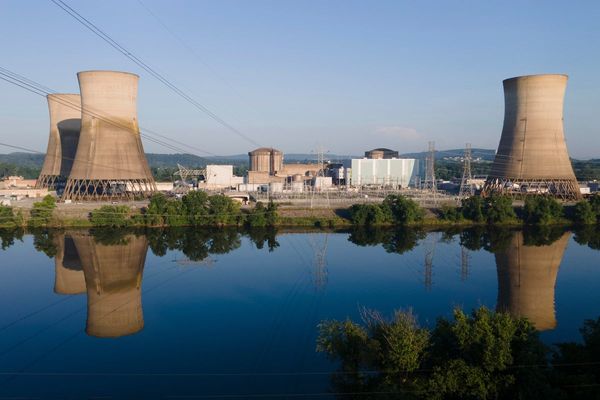
The Vela Supernova Remnant, a colorful web of wispy gas filaments, is a cosmic debris left over from a massive star that exploded approximately 11,000 years ago. Recently, astronomers using a ground-based telescope in Chile captured a stunning 1.3-gigapixel image of this remnant. The image was taken by the Dark Energy Camera (DECam) mounted on the U.S. National Science Foundation's Víctor M. Blanco 4-meter Telescope at Cerro Tololo Inter-American Observatory in Chile.
The Blanco telescope, with its 13 feet wide mirror, collected light and reflected it through a grid of 62 CCDs, similar to smartphone camera sensors. The data was collected using three filters that allow different wavelengths of light to pass through. The resulting image showcases the intricate web-like filaments of the Vela Supernova Remnant, with striking reds, yellows, and blues achieved through the use of DECam filters.
About 800 light-years away in the constellation Vela, this supernova remnant is one of the nearest to Earth. It spans 100 light years and occupies the same space as 20 full moons in the night sky. The image captures the shockwave of the explosion moving into deep space, creating glowing tendrils of gas that form a web of wispy gas filaments.
This high-resolution image is not the first of its kind for the Vela supernova remnant. In October 2022, the European Southern Observatory's Very Large Telescope in Chile created a 554 million-pixel version. Additionally, in December, the James Webb Space Telescope imaged the supernova remnant Cassiopeia A in the highest resolution to date, located 11,000 light-years away in the constellation of Cassiopeia.
These advancements in imaging technology provide a closer look at these cosmic remnants, offering insights into the aftermath of stellar explosions and the intricate structures they leave behind. The availability of these high-resolution images allows for further study and appreciation of the beauty and complexity of our universe.
Wishing you clear skies and wide eyes.







